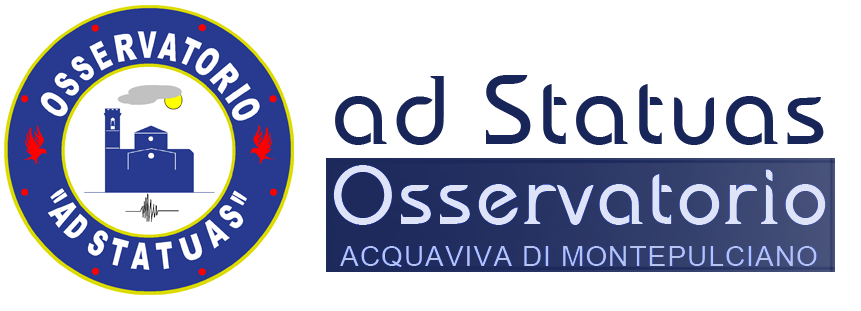The “ad Statuas”Observatory has been recently equipped with a very technologically refined instrumentation to detect and localize lightnings. Thereby the cooperation with Blitzortung.org. started, by becoming members of its global network.
The hardware works based on the TOA (Time of Arrival) and TOGA (Time Of Group Arrival) methods. Globally there are many detecting stations installed. Each one has a receiving antenna, a PA system, a digitizer and a GPS antenna. When a Very Low Frequency, 3-30 kHz electromagnetic discharge is detected, the exact time of its reception is recorded and the station sends the information with the radar geographical coordinates to the main server in Germany. Then the data detected by at least eight other stations are cross-checked. In case of a positive outcome, the measuring is confirmed and the electric discharge is plotted on the map, with a delay ranging from 3 to 20 seconds from the detection and the precision of a few hundred meters.
Such instrumentation enables to calculate both the electric field generated by the electric discharge (the field is parallel to the current flow of the lightning, both cloud-ground and cloud-cloud) and the corresponding magnetic field, which is perpendicular to the electric field, on the horizon level.
This precise and flexible network is very efficient. The hardware can detect the electric discharges of lightnings stricken at a distance of thousand kilometers from the detection centre.
The main features of the VLF (Very Low Frequency) waves are their steady propagation and their low dimming during the EIWG, Earth-Ionosphere WaveGuide, which acts as a cavity, allowing their reflection. In this way, even installing another radar receiving station considerably increases the detection efficiency of the global system, with a consequent progress of the scientific research linked to this fascinating natural event.
All data recorded by this detection instrumentation are provided for scientific research only. Any commercial use is strictly forbidden.





